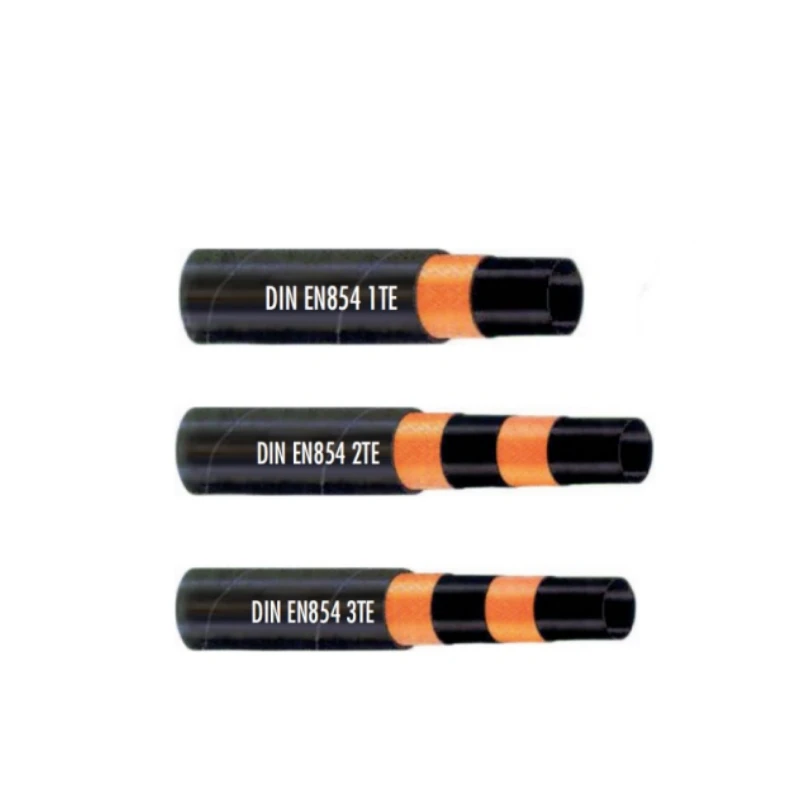
- Afrikaans
- Albanian
- Amharic
- Arabic
- Armenian
- Azerbaijani
- Basque
- Belarusian
- Bengali
- Bosnian
- Bulgarian
- Catalan
- Cebuano
- Corsican
- Croatian
- Czech
- Danish
- Dutch
- English
- Esperanto
- Estonian
- Finnish
- French
- Frisian
- Galician
- Georgian
- German
- Greek
- Gujarati
- haitian_creole
- hausa
- hawaiian
- Hebrew
- Hindi
- Miao
- Hungarian
- Icelandic
- igbo
- Indonesian
- irish
- Italian
- Japanese
- Javanese
- Kannada
- kazakh
- Khmer
- Rwandese
- Korean
- Kurdish
- Kyrgyz
- Lao
- Latin
- Latvian
- Lithuanian
- Luxembourgish
- Macedonian
- Malgashi
- Malay
- Malayalam
- Maltese
- Maori
- Marathi
- Mongolian
- Myanmar
- Nepali
- Norwegian
- Norwegian
- Occitan
- Pashto
- Persian
- Polish
- Portuguese
- Punjabi
- Romanian
- Russian
- Samoan
- scottish-gaelic
- Serbian
- Sesotho
- Shona
- Sindhi
- Sinhala
- Slovak
- Slovenian
- Somali
- Spanish
- Sundanese
- Swahili
- Swedish
- Tagalog
- Tajik
- Tamil
- Tatar
- Telugu
- Thai
- Turkish
- Turkmen
- Ukrainian
- Urdu
- Uighur
- Uzbek
- Vietnamese
- Welsh
- Bantu
- Yiddish
- Yoruba
- Zulu

Δεκ . 03, 2024 14:29 Back to list
Floating Oil Hose Solutions for Efficient Marine Transportation and Storage Needs
Floating Oil Hose Ensuring Safe and Efficient Oil Transport
In today's fast-paced world, where oil and gas are the lifeblood of many economies, the efficient and safe transportation of these valuable resources is critical. One of the key components in this supply chain is the floating oil hose, a specialized equipment designed to facilitate the transfer of crude oil and its derivatives from offshore installations to tankers or directly to the shore. This article explores the structure, functionality, and significance of floating oil hoses in the oil and gas industry.
Understanding Floating Oil Hoses
Floating oil hoses are flexible pipelines that can be used in offshore environments to transport fluids, thanks to their buoyant properties. Typically constructed from a combination of high-strength fabrics and rubber, these hoses are designed to withstand harsh weather conditions, high pressures, and corrosive materials. Their buoyancy allows them to float on water, making them ideal for transferring oil from underwater platforms or pipelines to docked vessels.
Floating oil hoses come in various sizes and configurations. The most common types include single and double carcass hoses. Single carcass hoses are simpler and more cost-effective for applications where the risk of leakage is minimal. In contrast, double carcass hoses provide an added layer of safety with a secondary containment layer, ensuring that even in the event of a failure, any spillage is contained within the outer layer. This is particularly important in environmentally sensitive areas where any leak could have detrimental effects.
Working Principle
The operation of floating oil hoses is relatively straightforward. During the loading process, oil is pumped from an offshore oil platform through the hose and into a tanker moored alongside. The hose is designed to maintain its integrity under high pressure and can flex and bend to accommodate the movements of both the platform and the vessel due to waves and tides.
The end of the hose that connects to the vessel is equipped with specialized couplings that ensure a secure and leak-proof connection. This connection is vital, as any spillage during the transfer could lead to severe environmental hazards, financial losses, and reputational damage to the companies involved.
floating oil hose

Safety and Environmental Considerations
The process of transporting oil via floating hoses is not without risks. Therefore, stringent safety protocols are in place to mitigate these dangers. Regular inspections and maintenance are essential to ensure the hoses remain in good condition and free from wear and tear. Operators must monitor the hoses for any signs of damage or degradation, especially after severe weather events that can stress the system.
Moreover, environmental regulations, such as those from the International Maritime Organization (IMO), help guide the design and operation of floating oil hoses to minimize the risk of oil spills. Many companies have adopted advanced technologies, such as real-time monitoring systems, to detect leaks immediately and respond swiftly to prevent spills.
Future Trends and Innovations
As the global demand for energy continues to rise, the floating oil hose industry is poised for innovation. Manufacturers are researching new materials that offer better durability and resistance to harsh marine conditions. Additionally, the integration of digital technologies, such as IoT sensors, can provide real-time data on the condition of the hoses and the flow of oil, enabling better decision-making and risk management.
Moreover, as the world pivots towards renewable energy sources, floating oil hoses may find new applications in the transfer of alternative fuels, ensuring a smooth transition in the energy transition era.
Conclusion
Floating oil hoses play a vital role in the oil and gas industry, enabling the safe and efficient transportation of crude oil and its derivatives. With ongoing advancements in technology and a focus on environmental protection, these hoses will continue to be essential in meeting the world's energy needs while safeguarding our oceans. As the industry evolves, the importance of maintaining high safety standards and pursuing innovative solutions will be paramount in ensuring a sustainable future for oil transportation.
Latest News
Steel Wire Reinforced Hydraulic Hose SAE 100 R1 / EN853 1SN S
NewsOct.17,2024
Two Layers Steel Wire Reinforced Hydraulic Hose SAE 100 R2 / EN853 2SN
NewsSep.03,2024
Textile Braid Reinforced Hydraulic Hose SAE100 R3+R6
NewsSep.03,2024
Textile Reinforced Hydraulic oil Suction Hose with embedded Steel Wire SAE 100 R4
NewsSep.03,2024
Single Wire Braid and Textile Covered Hydraulic Hose SAE 100 R5
NewsSep.03,2024
High Pressure Thermoplastic Hydraulic Hose SAE 100 R7 / EN855 R7 - SAE 100 R8 / EN855 R8
NewsSep.03,2024
Heavy Duty Four-layer Steel Wire Spiral Reinforced Hydraulic Hose SAE100R9+R10+R12
NewsSep.03,2024
Heavy Duty Multi-layer Steel Wire Reinforced Hydraulic Hose SAE100R13 SAE100R15
NewsSep.03,2024
Latest Products










